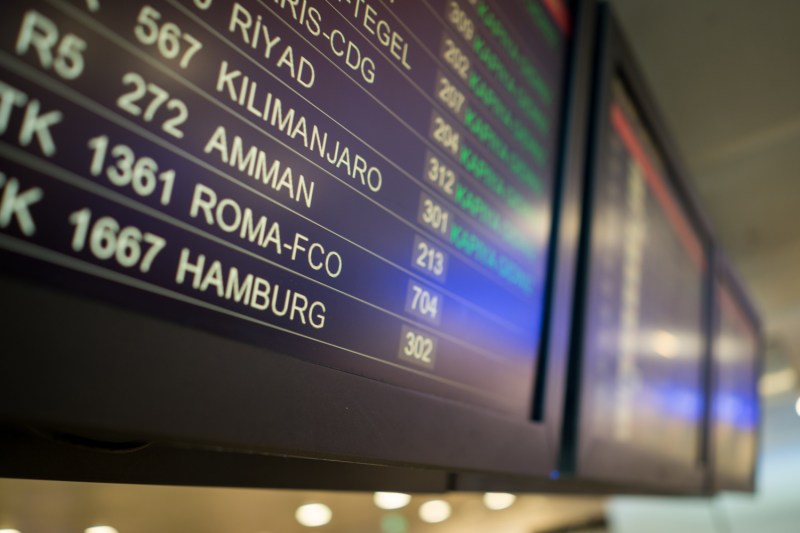First, let’s get the required disclaimer out of the way: We are not accountants, and we’re not encouraging anyone to break the law. Tax audits are no fun (unless you’re the IRS), so please don’t blindly accept this advice without first consulting a qualified tax and/or legal professional.
With that said, it is possible for freelancers, entrepreneurs, and business owners to write off at least some of their vacation days as legitimate tax deductions. By fulfilling a few straightforward requirements, time spent sipping Tiki cocktails on the beaches of Curaçao could be legally deducted — mostly. Just be sure you’re carefully following the IRS’ requirements. This is not somewhere you want to cut corners. With the U.S. income tax deadline on the horizon, here’s what you need to know.
Your business trip must have a legit business purpose

In a nutshell, a trip can be considered business-related if it has legitimate potential to generate revenue. That requirement covers a wide range of things. Attending or speaking at a professional conference, meeting with clients, conducting research for a business, or holding meetings with employees or shareholders are all acceptable.
Keep it “ordinary and necessary”

The IRS provides guidelines for allowable business travel-related deductions. These include obvious things like travel itself (by plane, train, rental car, etc.), taxi rides, hotel stays, non-entertainment-related meals, and even dry cleaning. The litmus test for writing off your vacation expenses is that the deductions be, in their words, “ordinary and necessary.” This is key.
According to Investopedia, “ordinary means that the expense is common in the industry and most business owners in the same line of business or trade would potentially expense these things. Necessary means that the expenses help in doing business, are appropriate, and a business owner might not be able to handle the business if [they] did not make the expenditure.”
Like all things related to the IRS, this might seem open to interpretation and, to some degree, it is. Our recommendation is to be reasonable and honest. If it passes the smell test — if you’re not trying to smuggle a personal line item into the business column — the IRS is more likely to accept it. That extends to things like splurging on a luxury hotel stay or upgrading to first-class air travel when a budget alternative would suffice. If staying at a Holiday Inn is typical for your business, it’ll be harder to justify why you chose to splash out for a corner suite at the Four Seasons.
Timing matters

As far as the IRS is concerned, there are no day trips in business. To qualify as a business trip, an overnight stay is required. While away, business owners must also be working more than not. That means, in a typical eight-hour day, you would need to work more than four hours for that day to qualify.
Here again, it pays to be reasonable. Attending just two hour-long conference sessions over the course of a week of staying in Jamaica doesn’t make your obvious tropical vacation a legit business trip. “Sandwiching” a personal weekend in the middle of a week-long business trip can qualify, however.
Domestic vs. international travel

It’s no surprise that the IRS is a finicky beast. For whatever reason, it doesn’t treat domestic and international business travel the same. Trips taken within the United States are considered deductible if the tax filer works more than half the time. Outside the country, however, deductions are proportional. If you only worked 10% of the time on that trip to Jamaica, for example, only 10% of your trip would qualify.
Document everything

For any business owner, especially those filing taxes as self-employed individuals, documentation is critical. This is doubly true for tax-deductible expenses. Ruthlessly document everything. A lack of hard details is a red flag for the IRS. Keep every email related to hotel stays, airfare costs, rental car receipts, conference tickets — everything. Even if you don’t think you’ll need a particular receipt or piece of paperwork, save it anyway. If a deduction is associated with a client, like a meal or a show, keep any relevant receipts and note who you met with and why.
That’s really all there is to knowing how to legally write off your vacation as a tax deduction. Assuming you’ve followed our thoroughly unprofessional advice, check out the best last-minute travel destinations worthy of blowing your entire tax return in 2023.



